Illiteracy by Race
The 1924 conference revolved around several topics, including the educational gap between the North and South of the United States. According to the reports of Professor Kroeber of the University of California, Black people in the North outperformed white people in the South in intelligence tests. The conclusion made in the students' conference was that the differences were a result of the North being a "superior" environment. While discrimination was evident in many forms in both the North and South of the US, Jim Crow laws were enforced in the South, and discrimination was manifested in a more institutionalized manner.1The students discussed the effects of that disparity, which created a wider socioeconomic gap and high rates of illiteracy.
The map below illustrates rates of illiteracy in the Black population across the US in 1920. The data derives from the 1920 census. The states displayed were selected because of their relatively greater number of educational institutions.
Delegate H. Brown from Hampton Institute pointed out the fact that in South Carolina, for every eighty dollars spent on the education of White people, seven are spent for Black people.2 Not only was there a gap in illiteracy between the Black and white populations in the US, but there was a striking difference in rates of illiteracy among Black communities in southern states and Black communities in northern states.
The graph below shows rates of illiteracy in the Black and white populations in northern states, according to 1920 census data.
Following the Civil War, segregationist policies in southern states, known as Jim Crow laws, were institutionalized and enforced. The Ku Klux Klan terrorized communities. Segregation of and violence against Black people in the South was coupled with few opportunities for their economic advancement. The wage of a Black factory worker in the North was 3 times more than that of a Black worker in the rural South. These realities spurred the Great Migration, the relocation of over 6 million Black people from the South to the North.3
The graph below demonstrates illiteracy rates in Black and white populations in southern states, according to 1920 census data.4
1. Corbie, F. Eugene, "A Portent," The Crisis, July 1924, p. 125-26.↩
2. "Interracial problems discussed at Swarthmore," The College News, April 16, 1924.↩
3. History.com Editors, "The Great Migration," History website, (March 4, 2010) January 16, 2020.↩
4. All data acquired from the 1920 US Census.↩
